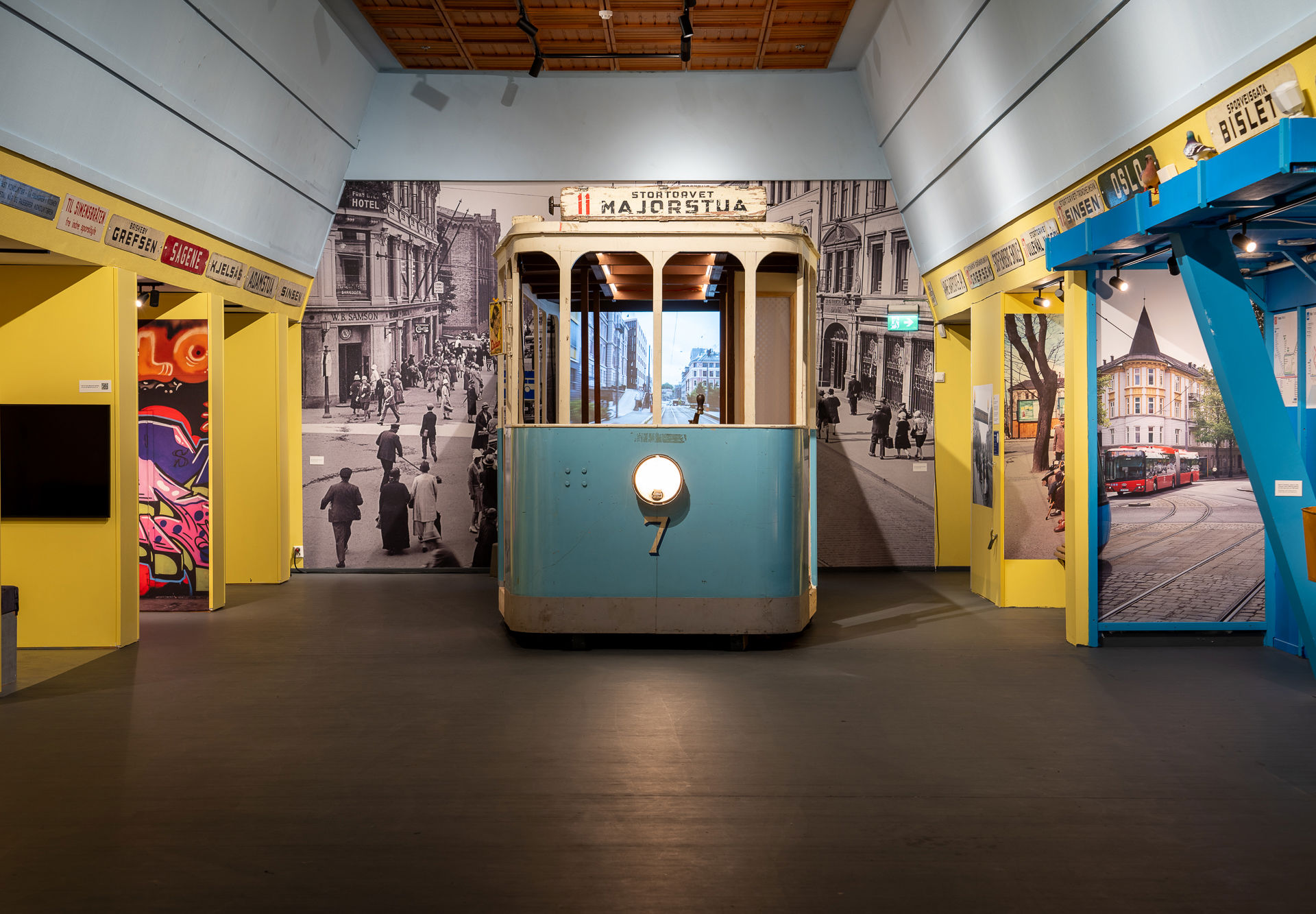
An exhibition for the whole family. Step inside the big tram model, and explore the city's transport history in a fun and visual way.
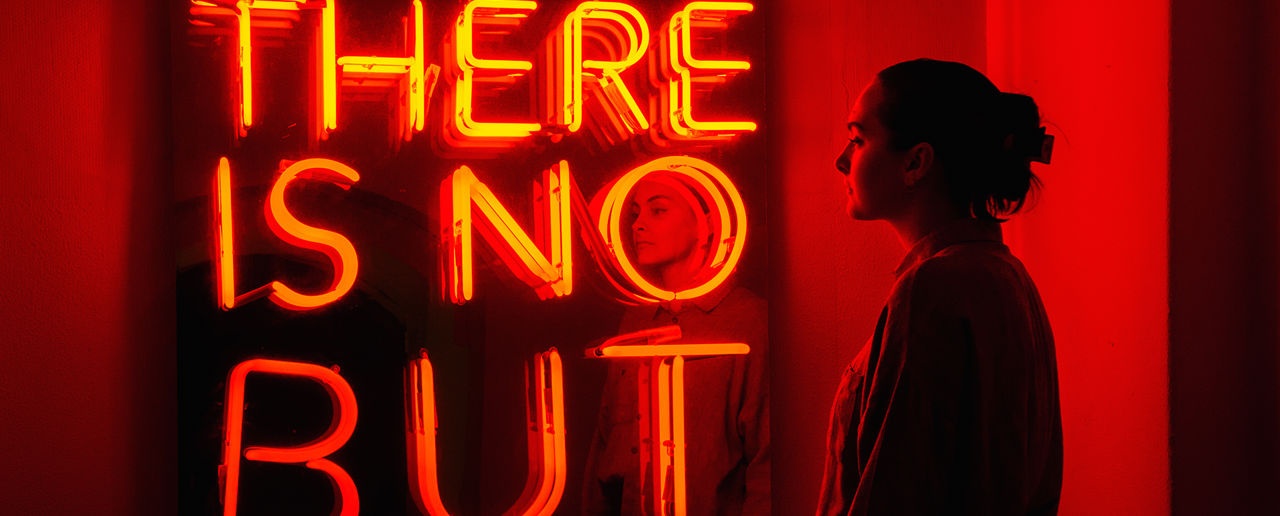
It is typical of us to have prejudices. Which ones do you have? In this exhibition you can take the pulse of your own and other people's prejudices.
Do you feel the need to categorize? You’re not the only one. Having prejudices towards people with different background than your own, people more rich or poor compared to you is quite normal.
But what is prejudice, exactly, and how are prejudices constructed? “Typical” invites you to reflect on the difference between important matters as racism, xenophobia and bias in everyday-life. We ask: Are prejudices dangerous, and is it possible to change them?
The exhibition allows you to participate in funny mind games challenging your personal prejudices.
Conceptual artist Thierry Geoffry / COLONEL contributes with his interactive artwork the “Anatomy of Prejudice”
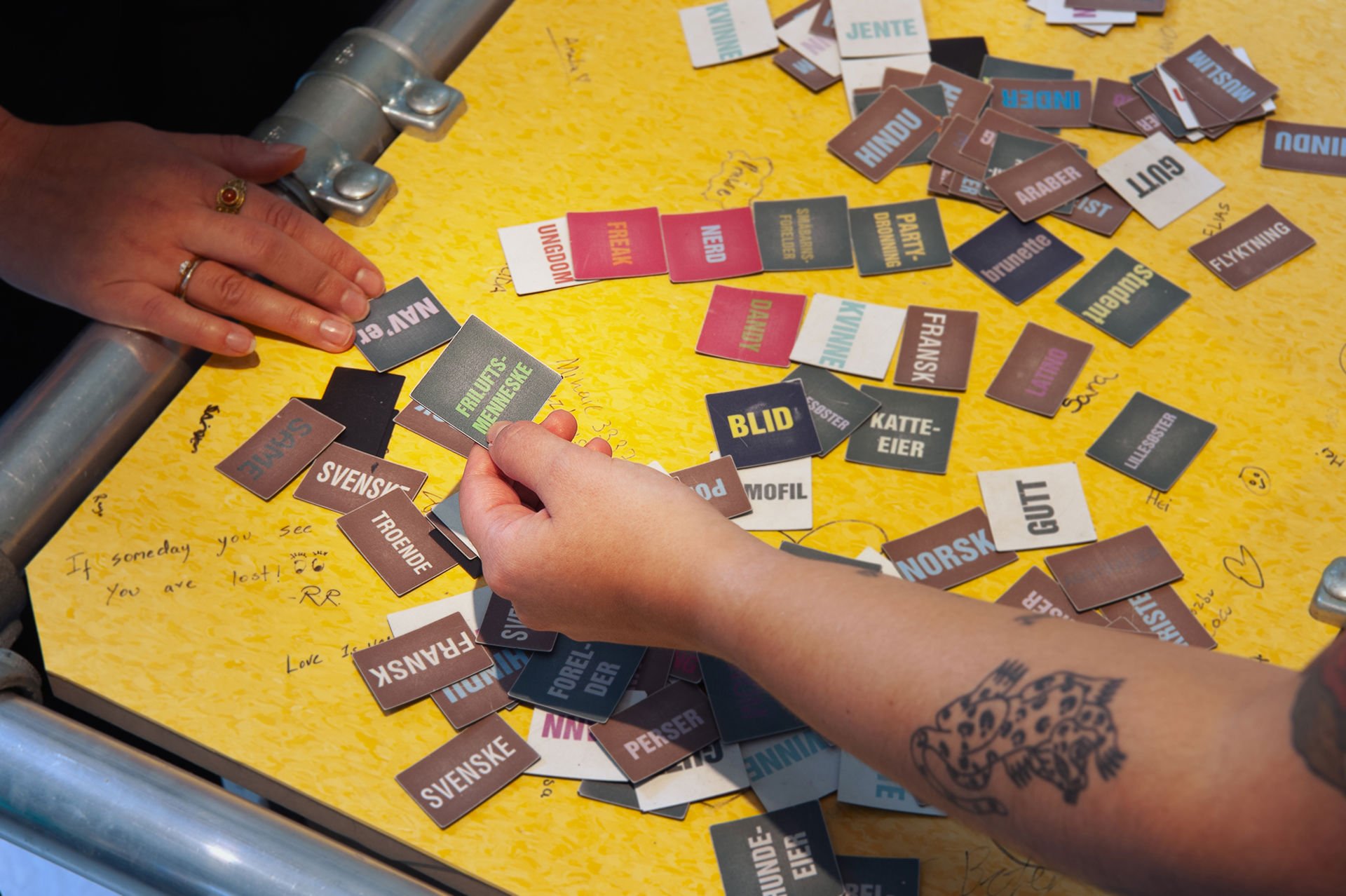
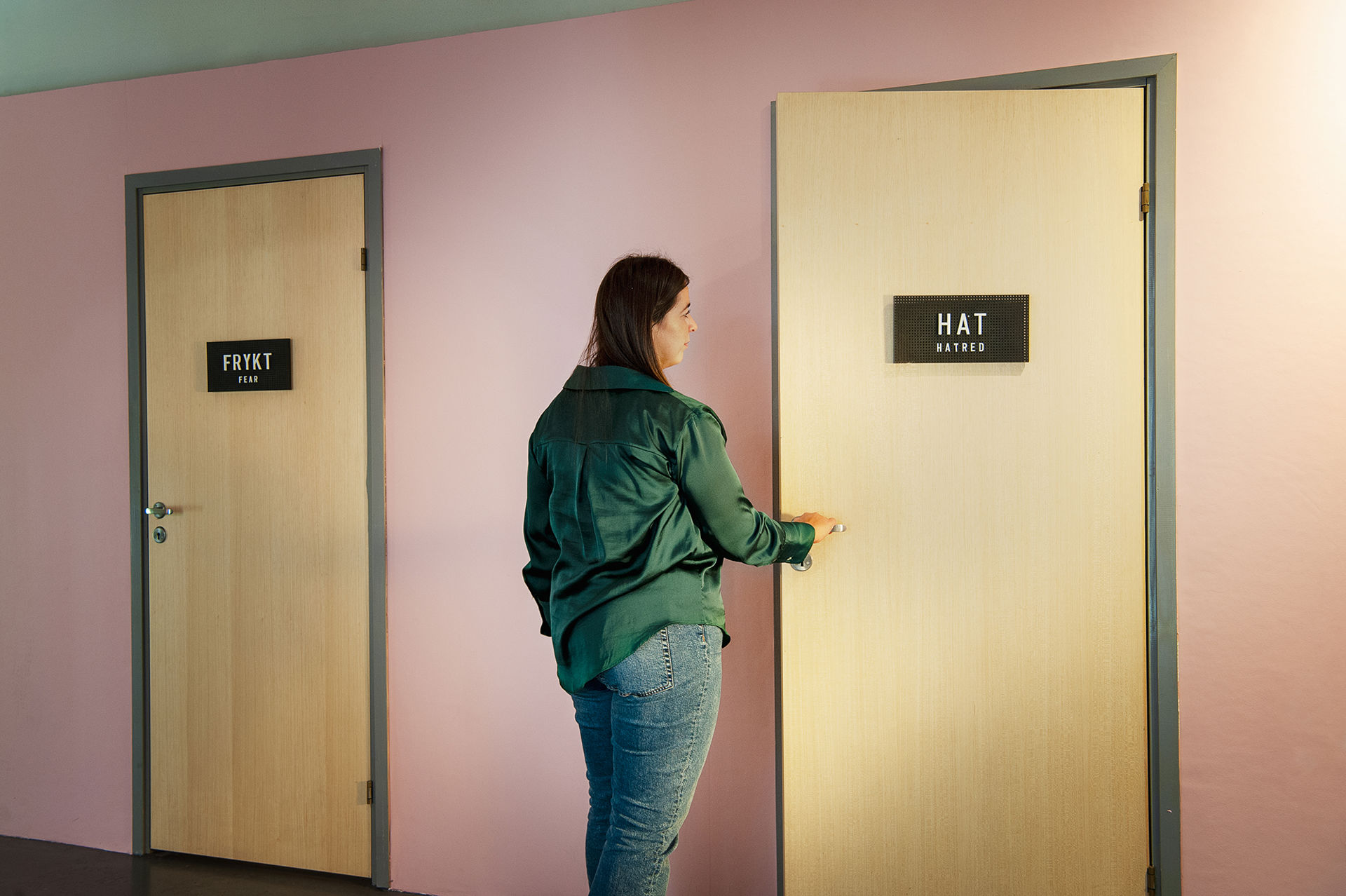
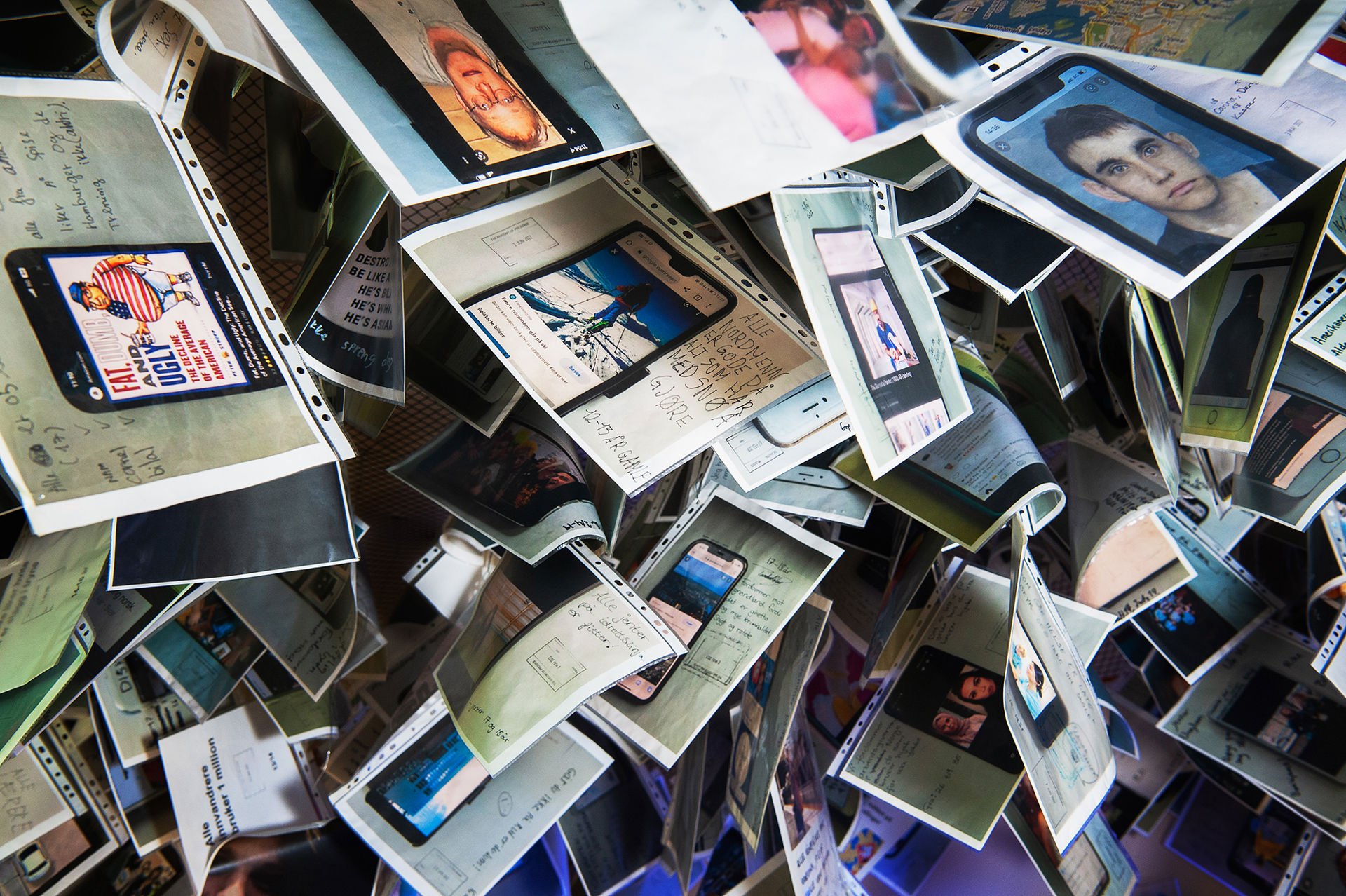
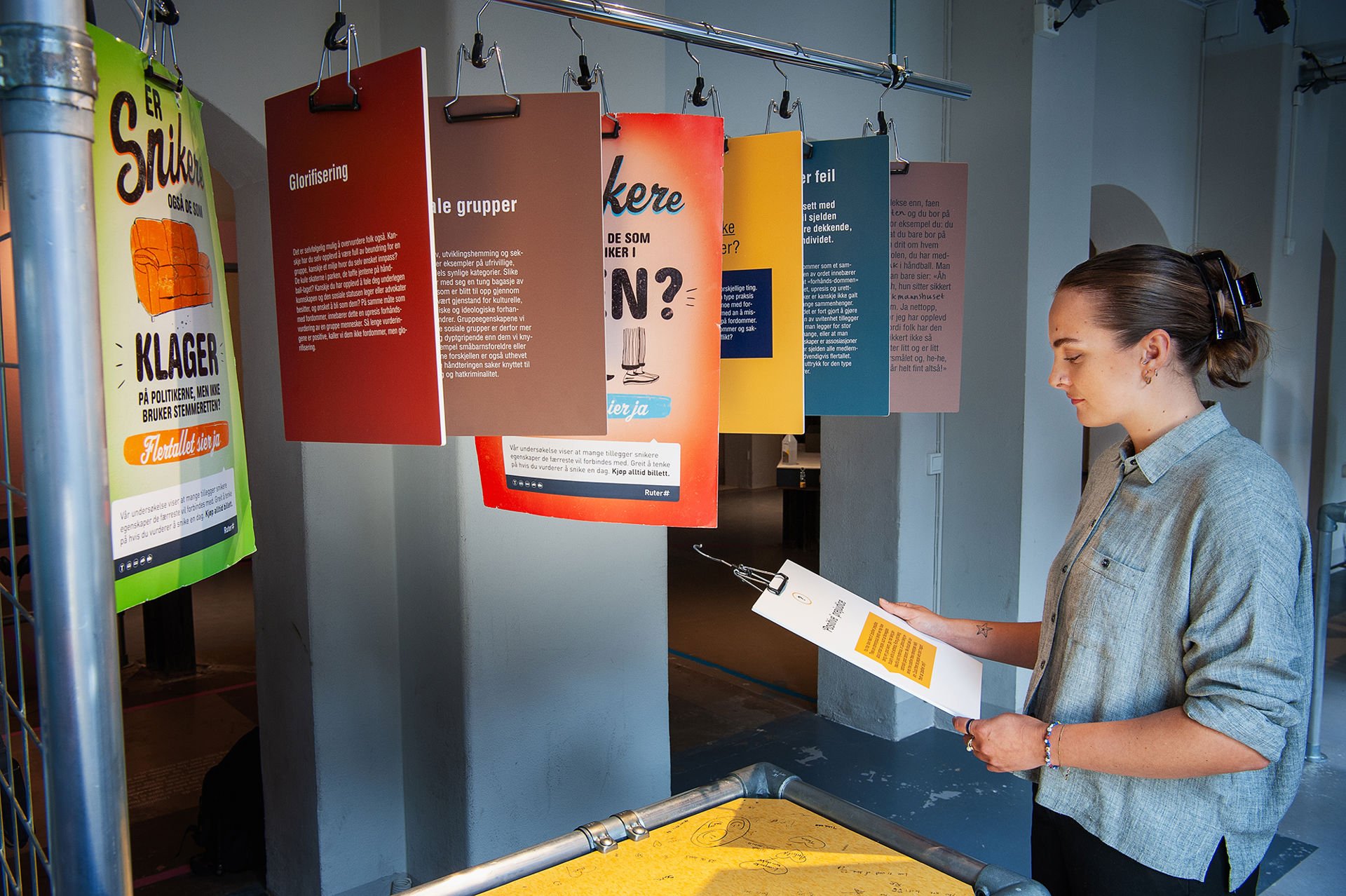
Tuesday–Sunday: 11am–4pm
Adults: NOK 60,-
Children and youth (under 26): Free admission
Free admission for one person accompanying a person with a disability.
Free admission for everyone on the first Thursday of the month.
Address: Tøyenbekken 5
Take any subway line to Grønland
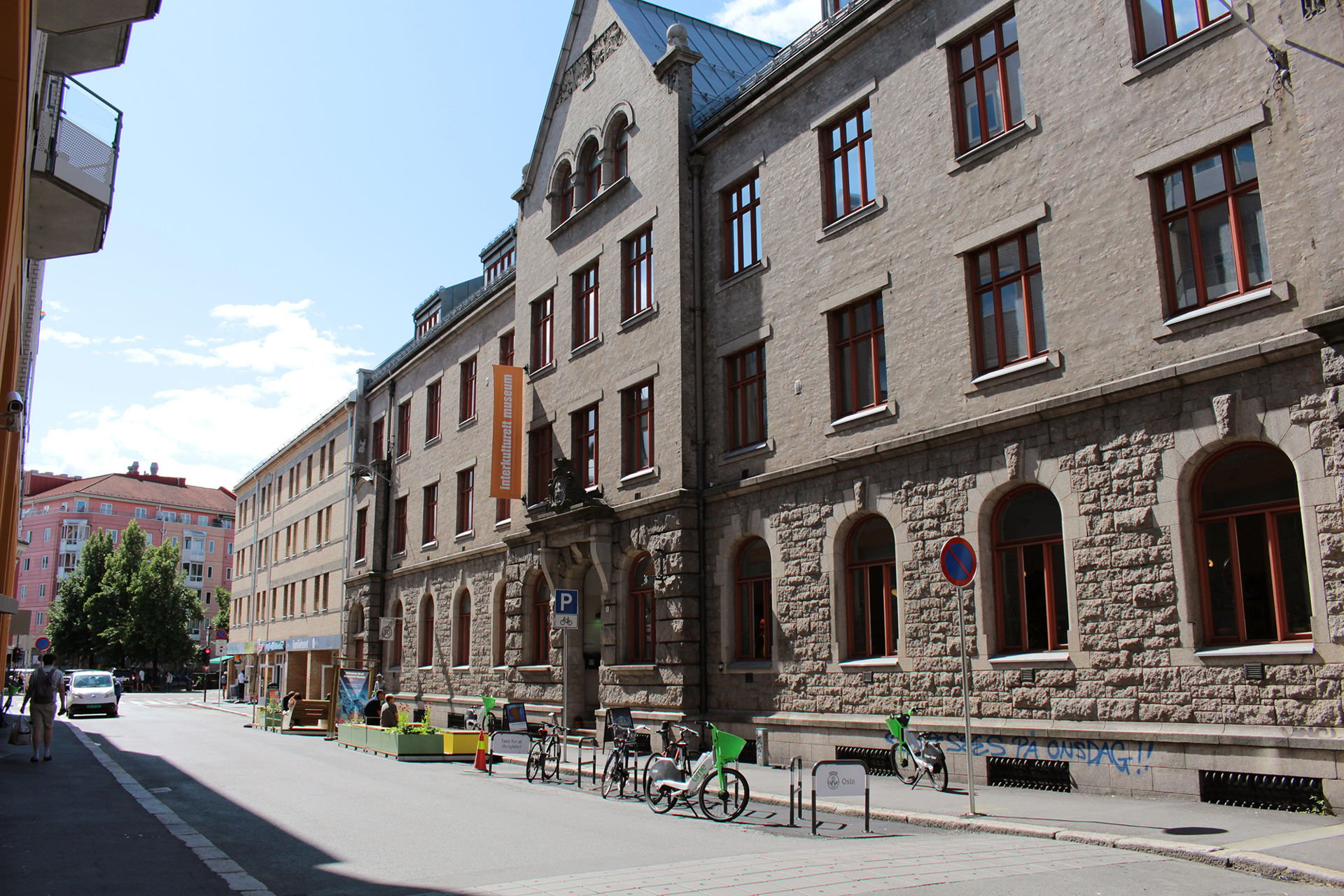
The Intercultural Museum is located on the former premises of the old Grønland police station. Today, the former cells are used as unique exhibition spaces.
Through engaging exhibitions, you gain insight into current social topics, arts, and culture. Explore your own prejudices, challenge your ideas, and expand your understanding of other cultures.

An exhibition for the whole family. Step inside the big tram model, and explore the city's transport history in a fun and visual way.
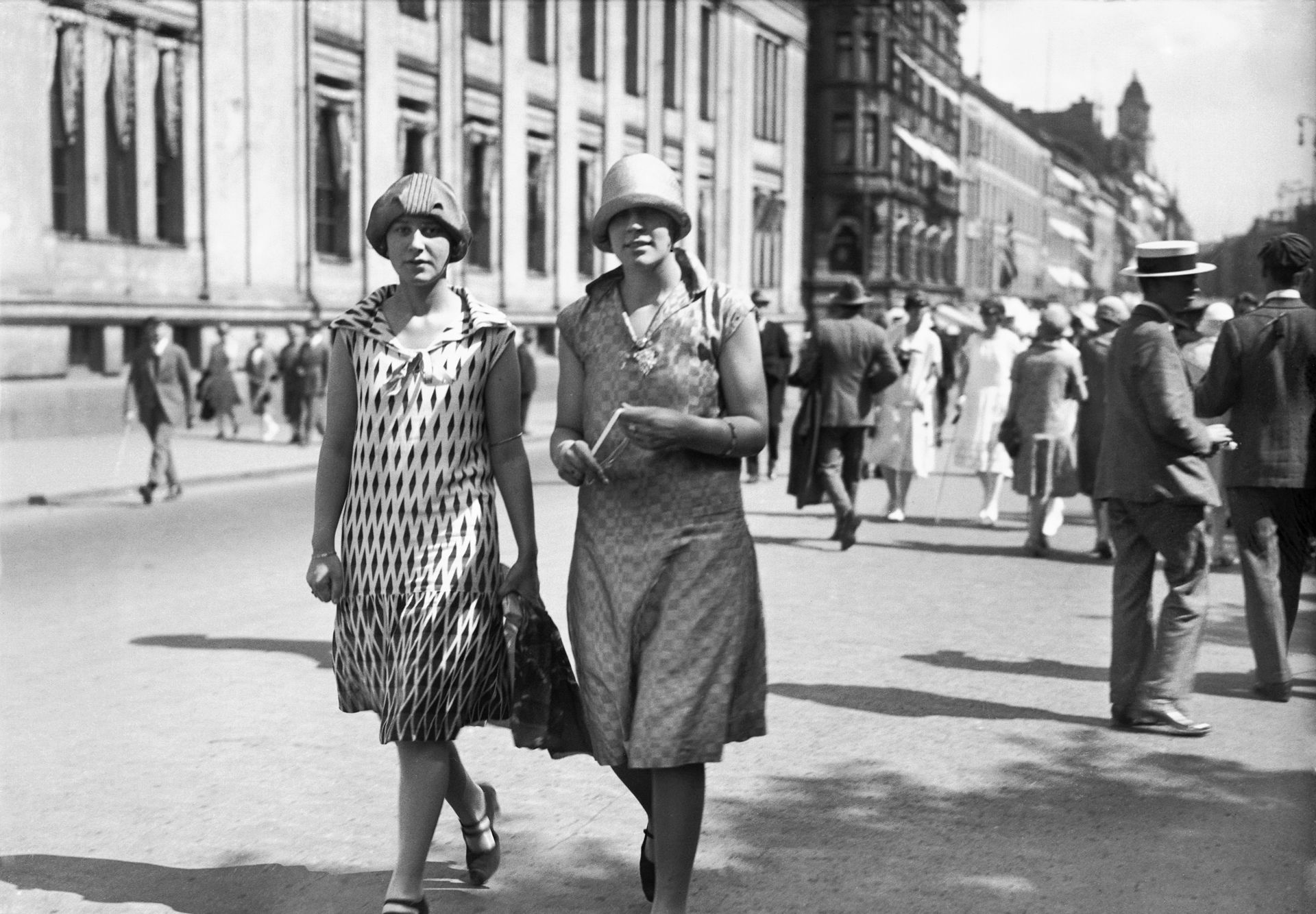
Life in Oslo in the 1920s: technological innovation, jazz, dance, and women’s liberation – but also social inequality, poor housing conditions, and political strife.

Who are we, the people who make up Oslo today? Meet some of the many people who have chosen to share parts of their lives.